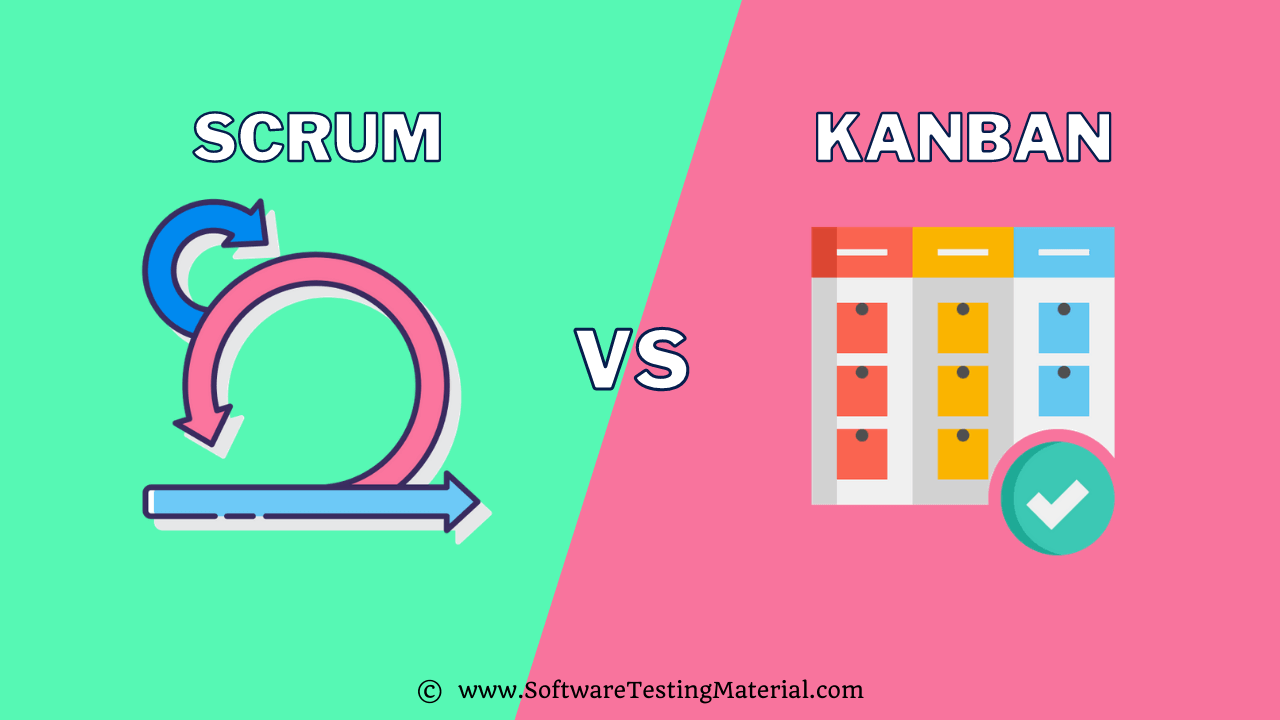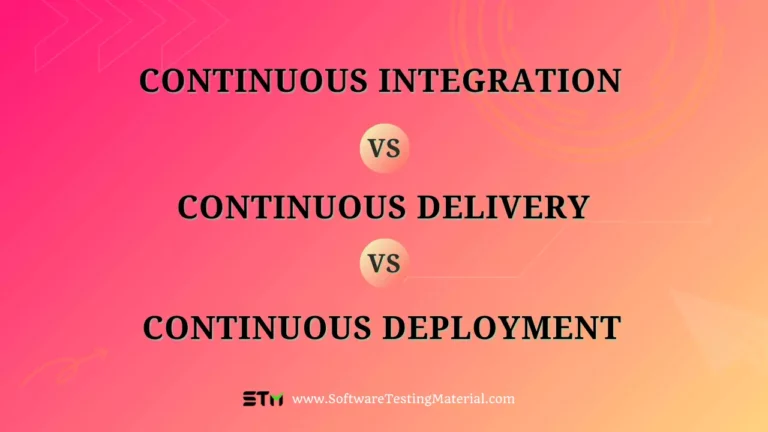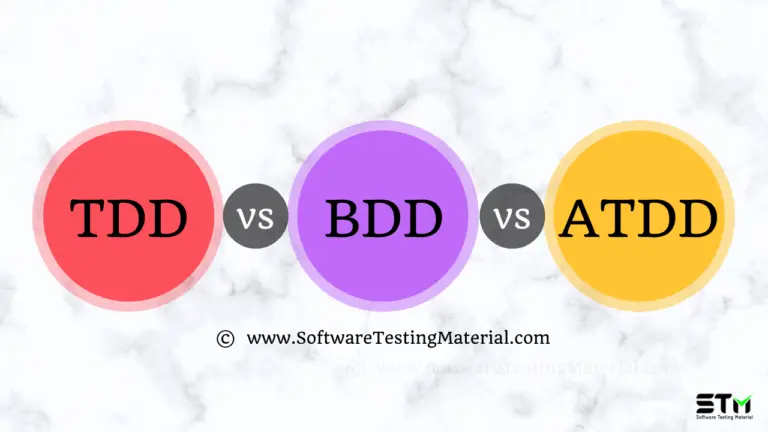Scrum vs Kanban: Everything You Need To Know

In the previous article, we learned the difference between Agile and Scrum, and in today’s article, we are going to learn the difference between Scrum vs Agile and also the following
When both Scrum and Kanban boards are used for tracking the status of the project in Agile methodology, right from ideation to completion.
We know that one needs to set specific goals, delegate tasks, and plot workflow while working in an Agile environment. But are these the parameters of distinction between Scrum and Kanban?
Let’s see the difference between Kanban and Scrum?
What is Scrum?
Scrum is the most popular agile method, and that is why it is often confused with agile.
Scrum acts as an incremental and iterative approach to project management and software development. It aims to deliver a software product as quickly and efficiently as possible with fewer headaches. It describes a set of meetings, tools, and roles to help teams manage their work effectively.
Scrum is based on 3 pillars known as Transparency, Inspection, and Adaptation.
What is Kanban?
Kanban is a workflow management system used to implement Agile and DevOps software development. The aim of Kanban is to allows us to start with our existing workflow and drive evolutionary changes to maximize efficiency, and improve continuously.
What is the difference between Scrum & Kanban?
| Parameter | Scrum | Kanban |
|---|---|---|
| Definition | When in Scrum, the team members are encouraged to check the operability with communication as the key. Meetings are scheduled in Scrum, which is also known as Events. So in lay man’s term, we can say that members need to focus on what is working and what is not through meetings and planning’s. | When in the Kanban process, from software development to staffing to marketing to sales to procurement and etc, everything is gradually improved. To follow a certain set of principles in order to manage and improve the flow of work as well as incorporate changes on the go is what Kanban all about. |
| Principles/ Events | The events that we mentioned above are as follows: ● Scrum meetings ● Sprint Planning Meetings ● Sprint Retrospective | The set of principles that we mentioned above are as follows: ● Visualize Work ● Limit work in process ● Focus on flow ● Continuous improvement |
| Usage/ Board | The work done by the team is calculated in a short interval of time called Sprints. | The work done by the team is calculated by tracking the process flow while maintaining the number of work-in-progress activities. |
| Owners | The scrum board is typically owned by one Scrum team. The scrum board is run by a person who is also a leader named ‘Scrum Master’. There is one more peculiarity of a scrum team. A scrum team is a cross-functional group of people with a background of required skillsets in order to complete all the tasks in the sprint. | Unlike the scrum board, the kanban board necessarily doesn’t need to be owned by a specific team. This is because the Kanban board is all about workflow. |
| Due Dates / Delivery Timelines | In Scrum, as read earlier, task deliverables are majorly determined by sprints. Also known as a set period of time when a set of work must be completed and be ready for review. The measure of production in Scrum is by using the concept of velocity through sprints. | In Kanban, the due dates are determined by the business as and when needed. For delivery, products and processes are aimed to be delivered continuously on an as-needed basis. The measure of production in Kanban is by using cycle time. In other words, the exact time to complete one full piece of a project. |
| Delegation & Prioritization | Scrum uses a “pull system”. In this method, a complete batch is pulled for each iteration i.e ‘sprint’. | Kanban as well uses a “pull system,” but may operate slightly differently. The “pull system” is a systematic workflow that permits the team members to “pull” new tasks once the previous tasks are completed. |
| Modifications / Changes | While dealing with Scrum, any changes or modifications are strongly discouraged when within the sprint. | Allows for changes to be made to a project mid-stream, allowing for iterations and continuous improvement prior to the completion of a project. |
| Best Applications | Scrum acts best for the teams which possess comparatively stable priorities plus those which does not change much with time. Due to this ability, it is much easier to adapt to constant changes. Also, the short sprints and regular feedback helps a lot in overall delivery. | The Kanban acts best for the teams with projects that specifically come with widely-varying priorities. In order to use Kanban to its full potential, it is wise to use it for the customer demands that have a regular and steady output. However, major changes in customer demand can lead to failure. |
| Pros | A few of the pros of using scrum are listed as follows, ● Even if a team member leaves the team in between, the project plan won’t be much disturbed. ● Using Scrum firms can effectively save time and money. | A few of the pros of using kanban are listed as follows, ● Thanks to the visual nature of Kanban, as it helps the team members vastly to accomplish their goals. ● Using the Kanban method, focus on continuous improvement, productivity, and efficiency is achieved within the team. |
| Cons | In day to day work life, attending daily meetings sometimes may appear frustrating to the team members. | An outdated Kanban board may lead to issues in the development process. Also if any of the team members have to exit during development, it may hurt the project development. |
Related posts:
- Agile Vs. Scrum: Everything You Need To Know
- Agile Vs. DevOps: Everything You Need To Know
- Agile Scrum Methodology In Software Development
- Top 30 Agile Testing Interview Questions






